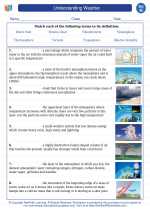Class in Science
In science, a class refers to a group of objects, organisms, or substances that share similar characteristics or properties. Classes help scientists to categorize and organize the natural world, making it easier to study and understand different phenomena.
Characteristics of a Class:
- Similarities: Members of a class share common features or attributes that distinguish them from other classes.
- Grouping: Objects or organisms in a class are grouped together based on their shared characteristics.
- Classification: Classes are often part of a larger system of classification, such as taxonomy in biology or the periodic table in chemistry.
Examples of Classes in Science:
1. Biological Classification: In biology, organisms are classified into different classes based on shared characteristics. For example, mammals, reptiles, and birds are all classes within the larger group of animals.
2. Chemical Elements: In chemistry, elements are organized into classes based on their properties, such as metals, non-metals, and metalloids.
3. Rock Types: In geology, rocks are classified into different classes based on their formation and composition, such as igneous, sedimentary, and metamorphic rocks.
Study Tips for Understanding Classes in Science:
- Make Comparisons: Compare and contrast different classes to understand their similarities and differences.
- Use Visual Aids: Create diagrams or charts to visually represent the relationships between different classes.
- Study Examples: Look for real-world examples of classes in different scientific disciplines to see how they are applied.
- Practice Classification: Test your understanding by classifying different objects or organisms into appropriate classes.
By understanding the concept of class in science, students can gain a deeper appreciation for the natural world and its organization.
.◂Science Worksheets and Study Guides Eighth Grade. Understanding Weather
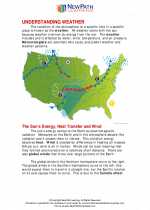
 Activity Lesson
Activity Lesson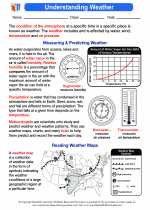
 Worksheet/Answer key
Worksheet/Answer key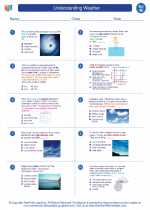
 Worksheet/Answer key
Worksheet/Answer key
 Worksheet/Answer key
Worksheet/Answer key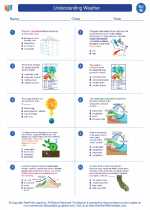
 Worksheet/Answer key
Worksheet/Answer key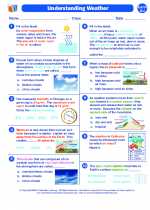
 Vocabulary/Answer key
Vocabulary/Answer key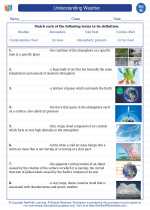
 Vocabulary/Answer key
Vocabulary/Answer key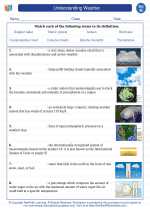
 Vocabulary/Answer key
Vocabulary/Answer key